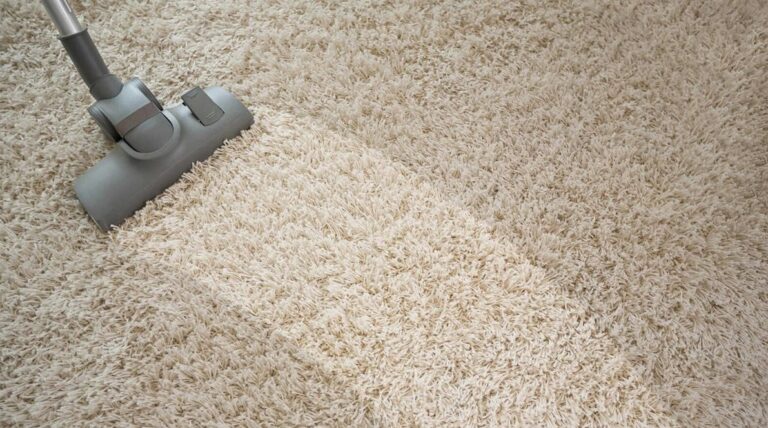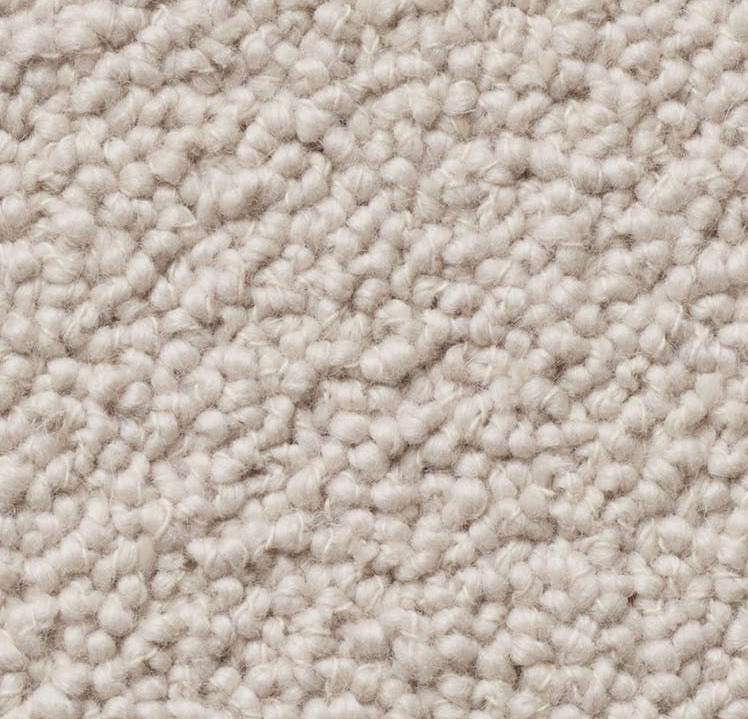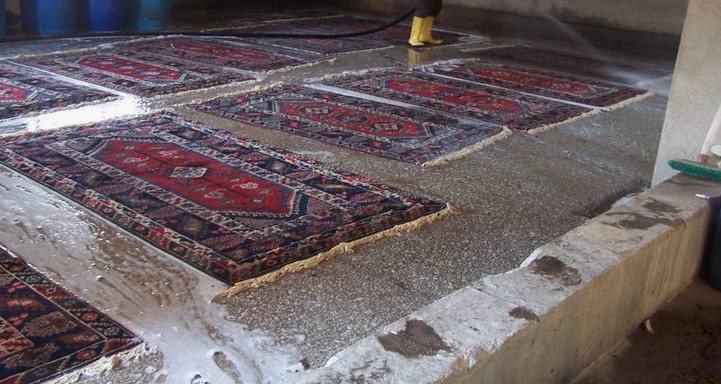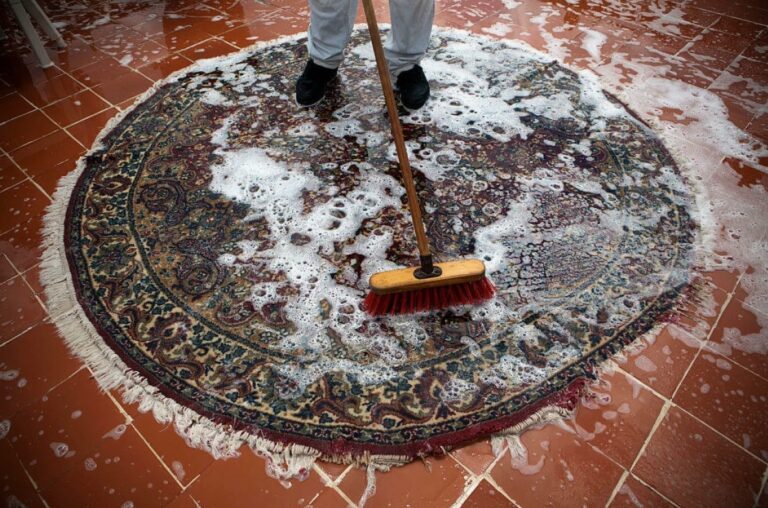Got dried paint to deal with? Whether it’s a stray splash on your hardwood floor or a stubborn streak on your windowpane, you might be surprised to learn that the solution could be sitting in your pantry. Vinegar—that simple household staple—has proven to be an eco-friendly, affordable alternative to harsh chemical paint removers.

This blog will explore how vinegar interacts with dry paint, guide you through the steps to soften paint using vinegar, and discuss its effectiveness across various paint types. By the end, you’ll know when to reach for vinegar and when to consider other solutions for stubborn or extensive paint issues.
Understanding How Vinegar Works on Paint
The Science Behind Vinegar and Paint
Vinegar is a natural acid made from acetic acid and water, which gives it its sharp, tangy smell and cleaning power. This acidity makes it practical for breaking down various substances, including dry, flaky paint. However, it works better on water-based paints (like latex) than oil-based paints.
Water-based paints tend to break down more readily when exposed to the mild acid in vinegar, softening enough for you to scrape them away. Oil-based paints, on the other hand, are formulated to resist moisture and acids, making them more challenging to remove with vinegar alone.
Why Choose Vinegar?
Aside from being gentle on your wallet, vinegar offers several benefits for removing paint:
- Non-toxic: It’s safe indoors, even around kids and pets.
- Eco-Friendly: Unlike chemical removers, which often contain harmful VOCs (volatile organic compounds), vinegar is biodegradable and safe for the environment.
- Accessible: You probably already have a bottle of white vinegar at home, making it a convenient first choice for small, DIY paint removal tasks.
Steps to Soften Dried Paint with Vinegar
Tools and Materials You’ll Need:
- White vinegar
- A microwave-safe bowl or a stovetop pot
- A sponge, cloth, or old rag
- A plastic scraper or putty knife
Step-by-Step Process:
Want to see vinegar in action? Here’s how to use it to soften dried paint:
Heat the Vinegar
Heat 1 cup of white vinegar until it’s warm. Use a microwave-safe bowl or warm it on the stovetop. Don’t boil—it only needs to be warm to the touch.
Apply the Warm Vinegar
Dip a sponge, cloth, or rag into the warm vinegar and lay it over the dried paint. Press the cloth against the area for vertical surfaces, allowing it to cling.
Wait and Relax
Leave the vinegar on the paint for about 10-15 minutes. It needs time to work its magic on softening the paint.
Scrape Gently
Use a plastic scraper or putty knife to remove the softened paint. Avoid applying excessive pressure to prevent damage to the surface underneath.
Repeat if Necessary
You may need to reapply the vinegar and repeat the process several times for thicker or more stubborn paint layers. Be patient—it’s worth it!
How Effective is Vinegar on Different Paint Types?
Water-Based Paints (Latex)
Vinegar is highly effective for softening dried water-based paints. These paints dissolve relatively quickly when exposed to vinegar, making them an excellent solution for minor spills or touch-up tasks.
Oil-Based Paints
Here’s where vinegar meets its limitations. While some softening may occur, oil-based paints are much more challenging due to their chemical composition. You’ll likely need to consider more substantial alternatives, like commercial paint strippers.
Old, Stubborn Paint
Years-old, thickly layered paint may require multiple applications of vinegar. While possible, it may not be practical for larger projects. Alternative methods like sanding or heat guns may be more efficient for extensive or intricate work.
Tips for Best Results
Test First
Always start in a small, inconspicuous area. This ensures the vinegar won’t damage the surface you’re working on.
Be Gentle
Use a plastic scraper instead of metal tools to avoid scratching or gouging your surface.
Thicker Paint? Reapply!
For stubborn layers, reapply warm vinegar and continue softening the paint in stages.
Pair It Up
Combine vinegar with gentle scraping techniques for surfaces like wood or glass.
Pros and Cons of Using Vinegar for Paint Removal
Pros
- Eco-Friendly: Safe for the environment and your home.
- Affordable: Far cheaper than chemical paint removers.
- Accessible: Always on hand—no need for a trip to the store.
- Easy to Use: Minimal tools and steps are required for small tasks.
Cons
Limited Effectiveness on Oil-Based Paints
For tougher paints, vinegar might not cut it.
Best for Small Areas
Removing large swathes of paint with vinegar is time-consuming.
Patience Required
Getting through layers of stubborn paint may take several applications.
Alternatives to Vinegar for Paint Removal
Although vinegar is versatile for small DIY projects, there are situations where other methods may be more suitable:
Heat Guns
Heat guns can soften paint quickly and evenly for removal in larger areas.
Paint Strippers
Specialized chemical solutions are better suited for thick, old, or oil-based paint.
Sanding
Effective for refinishing projects or entirely stripping surfaces clean.
Make Painting Mishaps Disappear
Vinegar offers a simple, eco-friendly, and affordable way to soften dried paint—perfect for small areas and water-based paints. You can quickly clean up unsightly splatters or unwanted paint spots with the right tools and patience.
It might be worth exploring alternatives like heat guns, sanding, or chemical paint removers for more extensive or challenging projects. Whatever your choice, there’s no reason to stress over dried paint again. Tackle it with confidence!
Do you have clever hacks for paint removal? Share them in the comments below—we’d love to hear.






